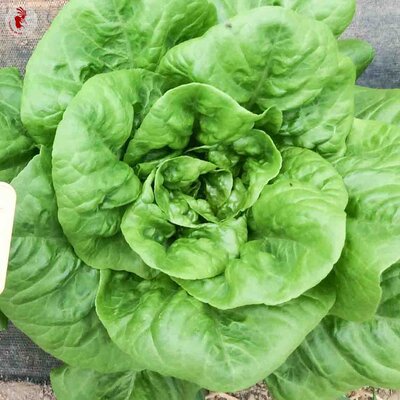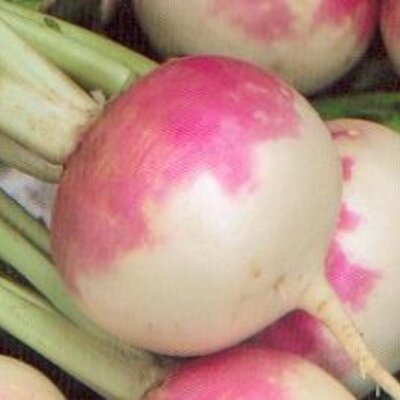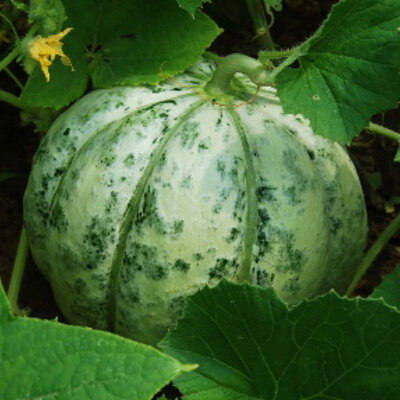
Little Gem - Romaine Lettuce
Little Gem romaine lettuce is an old-fashioned variety, halfway between "romaine" and "pommée". It produces a small head of wavy green leaves, with a firm creamy-yellow center, and offers a crunchy texture and excellent flavor.
Characteristics of Little Gem romaine lettuce
Little Gem romaine lettuce, Lactuca sativa, is an early variety of leafy vegetable first described in England in 1880. Closely related to the "Sucrine" lettuce, this compact variety offers a small head of green leaves, with a creamy yellow heart, wavy and crisp. This romaine lettuce can be eaten raw, in salads, or cooked, braised or pan-fried.
Sowing Little Gem romaine lettuce
The ideal sowing period is from February to May in pots under cover, and from March to September in the garden. You can also grow this variety of lettuce in pots, to enjoy on terraces or balconies. Romaine lettuce is harvested from April to November.
Seedlings should be sown one month before planting in the vegetable garden, at a temperature of between 15 and 21°C. Cover the lettuce seeds with a light layer of soil and keep the substrate moist until emergence. Transplant into the garden, 20 cm apart in all directions, once the plants have reached the stage of 4 true leaves.
Light sow directly in the ground, then thin out to 20 cm in all directions when the plants have 4 true leaves, to encourage harmonious lettuce development. Choose humus-rich soil and half-shade exposure. The very small seeds can be mixed with radish seeds to avoid over-dense sowing. Stagger sowing, every 15 days, to enjoy this lettuce for several months.
Romaine lettuce companion plants
In the vegetable garden, this variety of lettuce grows harmoniously with radishes, cucumbers, carrots, onions, cabbage , beet and strawberries.
How should Little Gem romaine lettuce be eaten?
This variety of romaine lettuce can be harvested as needed, from April to November. Although the leaves can be kept for a few days in the fridge, it's best to eat them immediately after picking to enjoy their freshness. Crunchy and delicious, this lettuce can be eaten raw in salads or cooked, braised or pan-fried.
Rich in vitamins and minerals, lettuce plays a key role in the body's cell renewal. Thanks to its fiber and water content, it also facilitates digestion and transit. In addition, the lactucarium contained in Lactuca sativa gives it calming properties, useful against insomnia and anxiety.
These products may also be of interest to you
in bucket, in the ground
Sow in pots or slabs at a temperature of 10-18°C, one month before planting. Cover the seeds with a thin layer of soil, press lightly and water. Once the plants have 4 leaves, prick out. Alternatively, sow lightly in rows 20 cm apart, every 15 days, to stagger harvesting. Thin to 10 cm, then 20 cm. This sowing technique produces more resistant plants, less susceptible to bolting.
February, March, April
April, May, June, July, August, September
April, May, June, July, August, September, October, November
in the ground, in pot
semi-shade, sunny
medium
humus
wet, drained, furniture
Lactuca sativa
early
From 90 to 120 g
1 gram
crunchy
romaine
Yellow
corrugated
England
1880
This ancient variety, described in England in 1880, is closely related to the "Sucrine" lettuce.











